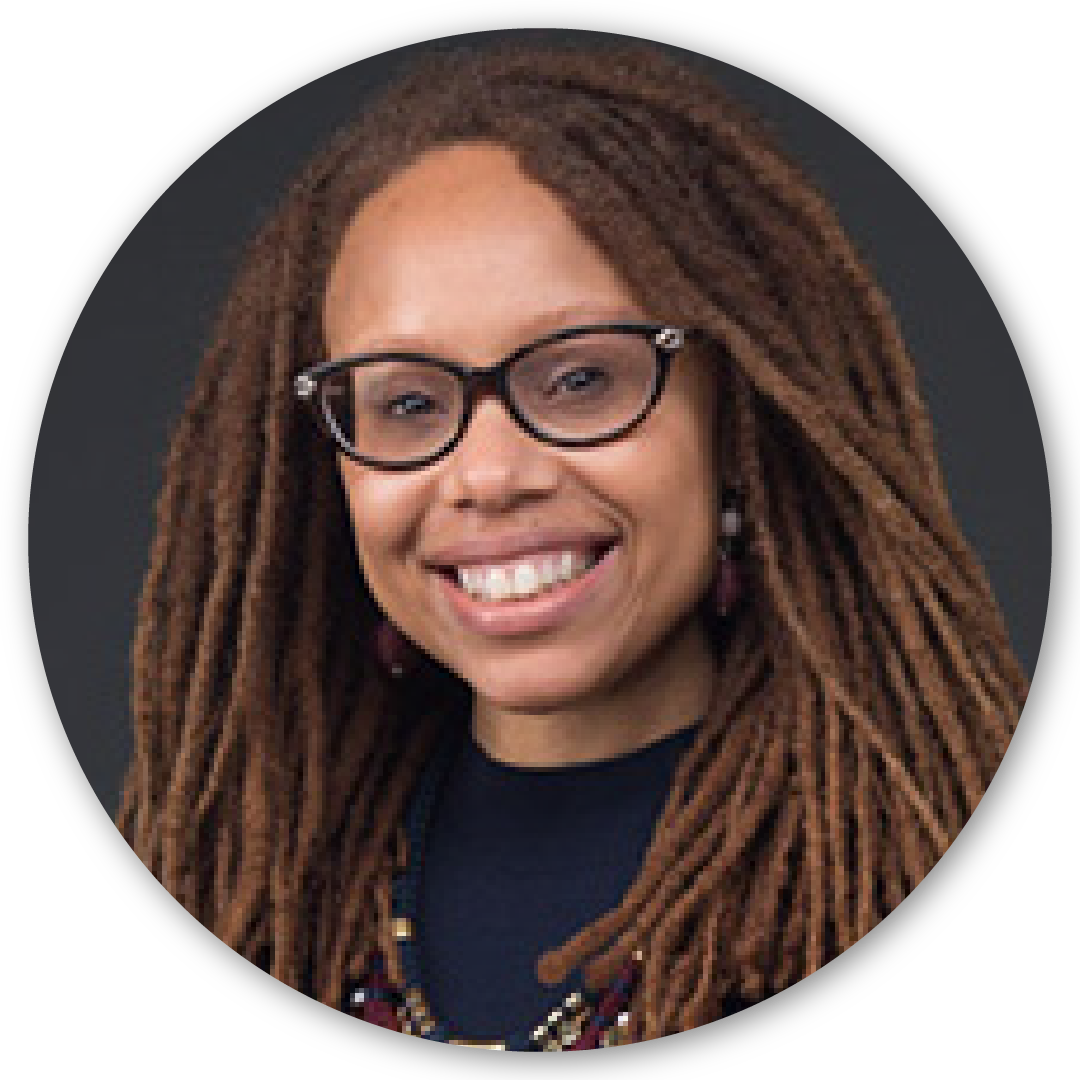- Case Studies
Increasing Capacity to Provide Large-Scale Relief Across Los Angeles
- Posted Oct 24, 2024
4-minute read
Agency: LA County Department of Arts & Culture - Los Angeles, CA
Funded Program: Creative Recovery LA
Total SLFRF Funding Allocated: $31,400,000

SLFRF-Funded Program Overview
Creative Recovery LA was a grant initiative to address pandemic impacts on the arts and the creative economy, one of the most economically significant and hardest-hit sectors, while leveraging the unique capacity of arts and culture to catalyze the region’s economic recovery, civic connectivity, and community wellbeing. Through this initiative, the Department of Arts and Culture awarded over $26 million in American Rescue Plan funds to 668 grantees to deliver financial relief and recovery to the LA County nonprofit arts and culture sector. Visit the Grant Program Website; See LA County ARPA Reporting
Creative Recovery LA included five grant opportunities:
- Arts Relief and Recovery
- Creative Works and Jobs for Artists
- Reopening Culture, Tourism, and Marketing
- Creative Career Pathways for Youth
- Arts for Justice-Involved Youth
Advocacy
The LA County Department of Arts & Culture acted very early in the SLFRF process and submitted proposals to county-level government appropriators to convey the scale and scope of need for the arts and culture sector in Los Angeles County. After successfully distributing $12M in funds from the CARES Act earlier in the pandemic, the Department recognized the importance of the ARPA SLFRF funds and developed a plan to manage the $31,400,000 allocation effectively and efficiently.
Process
To manage internal capacity constraints, the Department partnered with a third-party organization to manage the application process. In addition, a single application was utilized, allowing organizations to apply once for multiple grant programs. Since this was recovery funding, there were no post-grant reporting requirements, which also eased organizational burdens.
Equity
Creative Recovery LA applied an equity lens to the distribution of funding. The equity lens was based on LA County’s COVID-19 Vulnerability and Recovery Index, which identifies communities most in need of immediate and long-term pandemic and economic relief interventions based on indicators that assess risk factors for COVID-19 infection, vulnerability to severe outcomes if infected, and ability to recover from the health, economic, and social impacts of the pandemic. Funding was prioritized for organizations located in or have a primary program location in or within one mile of a “Highest Need” or “High Need” census tract.
Funding priority was also given to organizations with budgets under $15 million to focus on the small and mid-size organizations that were disproportionately impacted by the COVID-19 pandemic and often had less access to capital while serving the County’s most vulnerable communities.
Taken together, the equity considerations allowed the Department to support the arts sector with an equity lens that was intersectional in addressing priority policy areas, such as creative economy, health and wellbeing, equity and antiracism, youth and justice, and in addressing priority communities such as low-income, communities of color, and others disproportionally impacted by COVID-19 and historic systemic inequity. See Equity Guidelines
Moving Forward
The Los Angeles County Department of Arts & Culture strategically structured and distributed ARPA SLFRF funds to provide flexibility and simplicity for funded entities. By giving grantees three years to spend the funds with no final reporting requirement, the Department’s funds aim to support longer-term sustainability for the sector as it continues to recover from the pandemic. The three-year horizon on funding use is enabled by SLFRF’s regulation that all SLFRF funds be expended by December 31, 2026. Creative Recovery LA is believed to be the largest public sector arts grant in the history of the Los Angeles County region, both by dollar amount as well as by number of grantee organizations and awards made.
The mission of the Los Angeles County Department of Arts and Culture is to advance arts, culture, and creativity throughout LA County. It fulfills its mission by providing services and support in areas including grants and technical assistance for nonprofit organizations; professional development opportunities; commissioning civic artworks and managing the County’s civic art collection; implementing countywide arts education initiatives; research and evaluation; career pathways in the creative economy; free community programs; and cross-sector creative strategies that address civic issues. This work is framed by the County’s Cultural Equity and Inclusion Initiative and a longstanding commitment to fostering access to the arts. Visit LA County Department of Arts & Culture Website
“During the COVID-19 pandemic and in its wake, the Department of Arts and Culture helped sustain LA County's cultural ecosystem, creative economy, and community recovery, by facilitating access to public funding. With American Rescue Plan Act funds, for example, the Department created the innovative $26 million Creative Recovery LA initiative, the largest one-time public sector arts grant in the LA region's history, which supported more than 600 arts and equity-building organizations. These entities range from museums, theaters, and dance companies to music, youth justice, and literary organizations—boosting their ability to hire artists, expand creative career pathways, market and deliver programs that authentically represent and serve our diverse communities.”
Kristin Sakoda, Director, Los Angeles County Department of Arts & Culture



